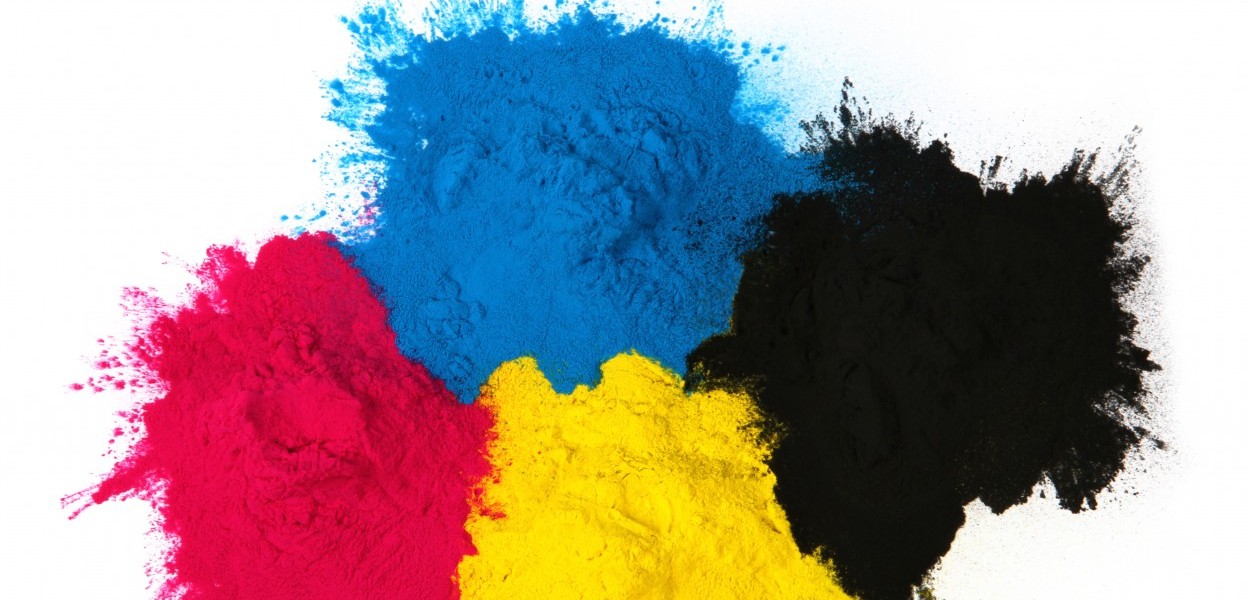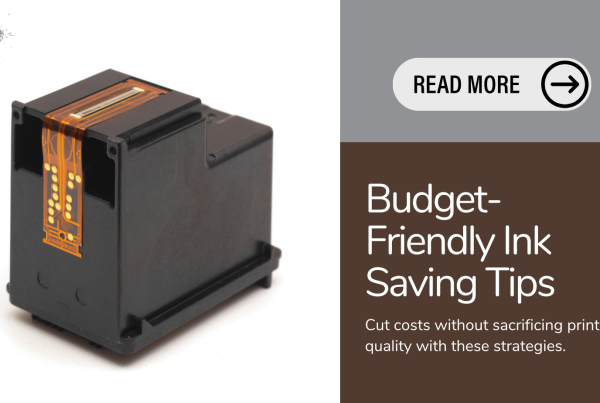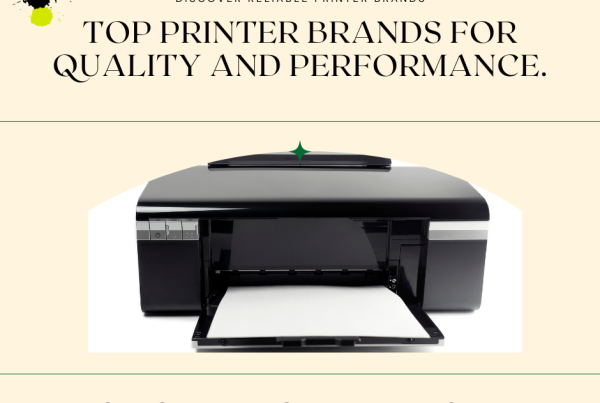Why Do I Always Print Less Than The Stated Page Yield?
Printer Ink Printer Toner volume low again?? Do you always wonder why the stated printer toner and printer ink page print yield is typically lower than the actual print number? Have I been cheated by the retailer or supplier? Is that because I bought cheap China made compatible (a.k.a third party) ink and toner cartridges? Or is that my printer is old and faulty?
In this article, let us firstly understand the global standard measurements OEM brands like Brother, Canon, HP, Epson are all using. This will help us understand how the electronic chips or measurement counter is being calibrated. Subsequently, let us understand the various crucial factors affecting the page yield.
What are the Standard Measurements of Page Yield?
In the very early days, every printer brand came up with their own respective measurement methods (of course to their own marketing advantage as well). This resulted in huge confusion in the market where consumers were unable to accurately and reliably determine and evaluate the page yield and hence more importantly decipher the cost per page print
This led to the standardisation of the measurement by 2 global body the International Organisation for Standardisation (ISO) and the International Electrotechnical Commission (IEC). They worked with the major printer manufacturers to come up with a singular way of calculating page yield/duty cycle.
The universal standard method is based on a 5%-page coverage. What this essentially means is, they are assuming a printing area of 5% of the entire A4 size paper. For example, if a toner cartridge states that it prints 1,000 pages on a 5%-page coverage, it essentially means that only 5% of the paper is printed with contents and the toner cartridge is able to print a maximum 1,000 of such pages during its ink or toner lifespan.
If you are a mid to heavy user, you would most likely have an estimate of your average printing coverage and hence able to work out the “actual” number of pages you can print with that printer toner or printer ink cartridge model.
Let us now explore the few key factors that affects ink & toner cartridge page yield
Key Determining Factors
Humidity
Humidity is a killer for ink and toner cartridges. High humidity results in drying up of ink and causing toner powder to form lumps which lowers the print yield and resulting in poor print outs.
Before using or at the tail end of the toner lifespan, shake the toner cartridge left and right to disperse possible powder lumps which can be used to print a few more documents
Very Low Content Printing
If you are printing even less than the standard 5%-page coverage, then you will end up in a situation where you have remaining toner powder but the printer just refuses to allow you to print. The reason is simply because the toner powder has outlasted the number of stated maximum allowable prints for that toner cartridge life span
Very High-Density Content Printing
This is almost common sensical. If you start to print highly dense contents, then obviously the number of prints will be less than what is stated as the toner powder is quickly depleted. Remember, the standard measurement is measuring only on a 5%-page coverage. If you are print anything beyond that, do expect a lower number of print outs
Unscrupulous Dealers
This is a common factor especially in the compatibles market and consumers need to be wary. If you are purchasing compatibles (a.k.a third party) ink or toner cartridges, be very skeptical in terms of the print yield. There are many reasons which we will focus and deep dive into in a separate article (stayed tuned!).
Ways to check include corroborating with original ink or toner cartridge page yield or check if the items you are buying is a brand-new cartridge or a refurbished one. Most importantly, buy from a reputable aftermarket seller in the market
Conclusion
In summary, cartridge page yield has always been a contentious point between factories, retailers and consumers. However, a clearer understanding of how it is measured as well as the various affecting factors can narrow the information gap as well as any potential misunderstandings caused in the process.
At theinksupply, we constantly make an effort to educate our customers and it has been highly rewarding. We sincerely hope our articles will bring great value to you. As usual, if you have any burning questions, whatsapp or buzz us, our contact is right below











Recent Comments